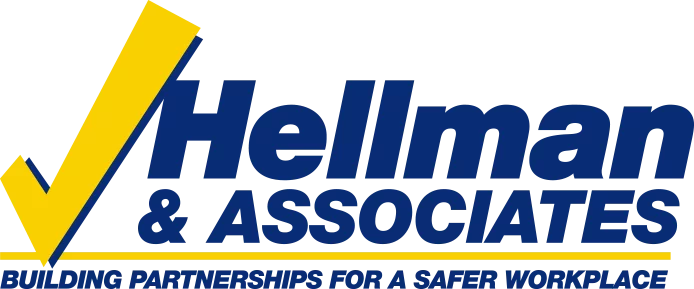Ergonomics is the study of how people interact with their work environment. By designing or adjusting the workplace to better fit the worker, risks of developing musculoskeletal disorders (MSDs) can be minimized, efficiency can be maximized, and job satisfaction can improve.
Neutral Posture
The healthiest position for our bodies, whether working at a computer or control station or working in a heavy labor environment, is neutral. In other words, our bodies are designed to function best when joints and muscles are used within their intended position, range of motion, etc. Here are some tips you can use to maximize what your body can do while minimizing injury.
Managing Risk Factors
- Risk factors for MSDs include force, frequency and duration of tasks done in awkward postures, repetitively, or requiring great effort.
- To protect yourself from these injuries or disorders, try to minimize one or all of these risk factors
- Reduce force by breaking heavy loads into multiple smaller loads, using tools that provide adequate leverage, or using assistance devices such as carts, dollies or pallet jacks to move materials instead of carrying them.
- Try to break up repetitive tasks or working in a certain position for an extended period of time by doing something else that uses different muscle groups on a regular basis.
- Move! The best way to keep connective tissue healthy is to make sure it’s getting maximum blood flow. We can maximize blood and oxygen flow through movement. If you work in static positions (prolonged sitting, standing in one place, arms up while working with a tool, etc.), take micro breaks to move the joints most affected. It’s also important to drink plenty of water and fuel the body with nutrient-rich foods.
- Early recognition of these disorders is very important to prevent injuries from progressing and becoming a chronic issue. If you’re experiencing pain, weakness or fatigue, numbness or tingling, or other symptoms, report them to your employer. Early intervention can often prevent worse injuries that require long rehabilitation.
Tips for Injury Prevention
- Avoid reaching above shoulder height for prolonged periods of time. When working overhead, stand on a firm, stable surface, or better yet use an adjustable platform or lift to get up to work level.
- If working on the floor, avoid bending at the waist to get your work done. Squat down using your leg muscles and wear cushioned knee pads if you have to kneel.
- In tight spaces, plan your work, and reduce clutter in the area which confines you further and increases the need to twist or overreach.
- Use a power stance for lifting, pushing or leaning forward to work as much as possible (stagger the feet like a boxer and bend slightly at the knees while keeping the back straight and the arms close to the body).
- Warm up larger muscle groups before performing heavy work, and remember to take micro stretch breaks throughout the day.
